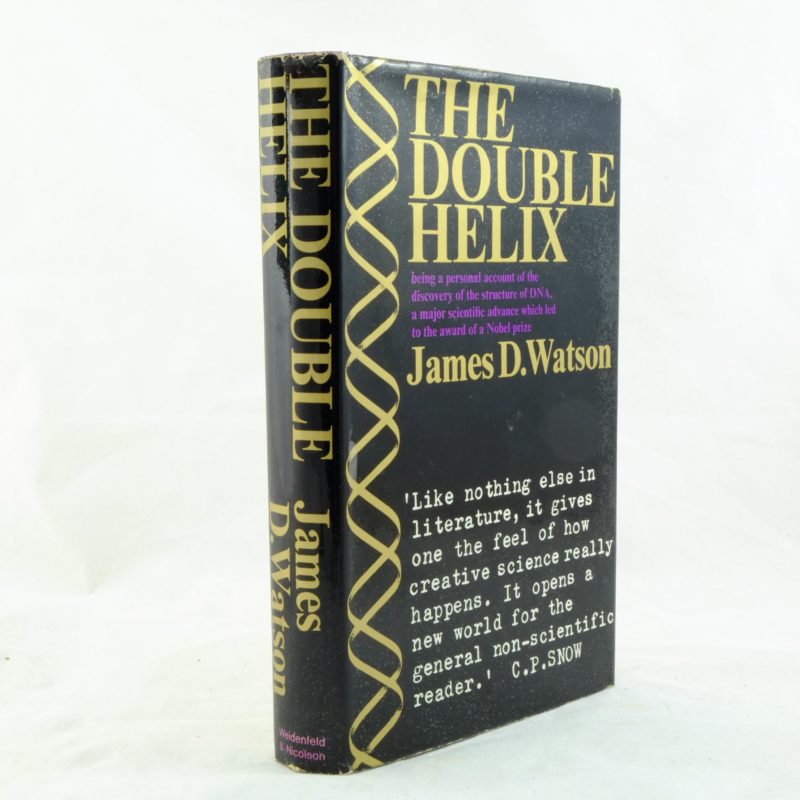

Crick was by any standards a character, brilliant, irrepressible, irreverent and effervescent, and the two sparked off each other and everyone else as they wrestled with their ideas. When the race began he was 23 and as interested in tennis and girls as he was in genetics. Watson defended it as an accurate picture of how he and others behaved. By the rather stuffy academic standards of the time, it was a frank, cavalier description of the race for DNA. , one of the most successful descriptions of how science is actually done. The precise structure was verified by Dickerson in 1980 by then DNA was changing the world. Wilkins later went on to produce beautiful X-ray data, confirming the overall model with some modifications.


The genetic predictions of the model were proven by the work of Meselson and Stahl on DNA replication and Kornberg on base pairing. The Cambridge and King's groups were competing with each other, but they talked and, sometimes, co-operated. The model was based on a range of evidence, including X-ray crystallography, produced by Maurice Wilkins and Rosalind Franklin at King's College London. Watson and Crick sent a copy of their paper to him, acknowledging his influence on their interest in the chemical structure of genes. The double helix corresponded to the aperiodic crystal imagined by Erwin Schrödinger in his lectures in the physics theatre at Trinity College Dublin in 1943, entitled The model suggested how the sequence might replicate and mutate. They are arranged in two helical strands as a sequence of so-called base pairs. The bases are the letters of the genetic language. The model showed how the sequence of four chemical units, the bases, arranged in a long but simple, polymeric molecule of DNA, could accommodate the great diversity of genetic information. Watson and Crick's model of DNA explained the chemical basis of heredity and of evolution.

Their discovery ranks with that of natural selection by Darwin and Wallace as the most important in biology. On April 25th, 1953, James Watson and Francis Crick of the Cavendish Laboratory, at Cambridge University, published their proposal of the double helix, a model of the structure of DNA, the chemical of which genes are made.


 0 kommentar(er)
0 kommentar(er)
